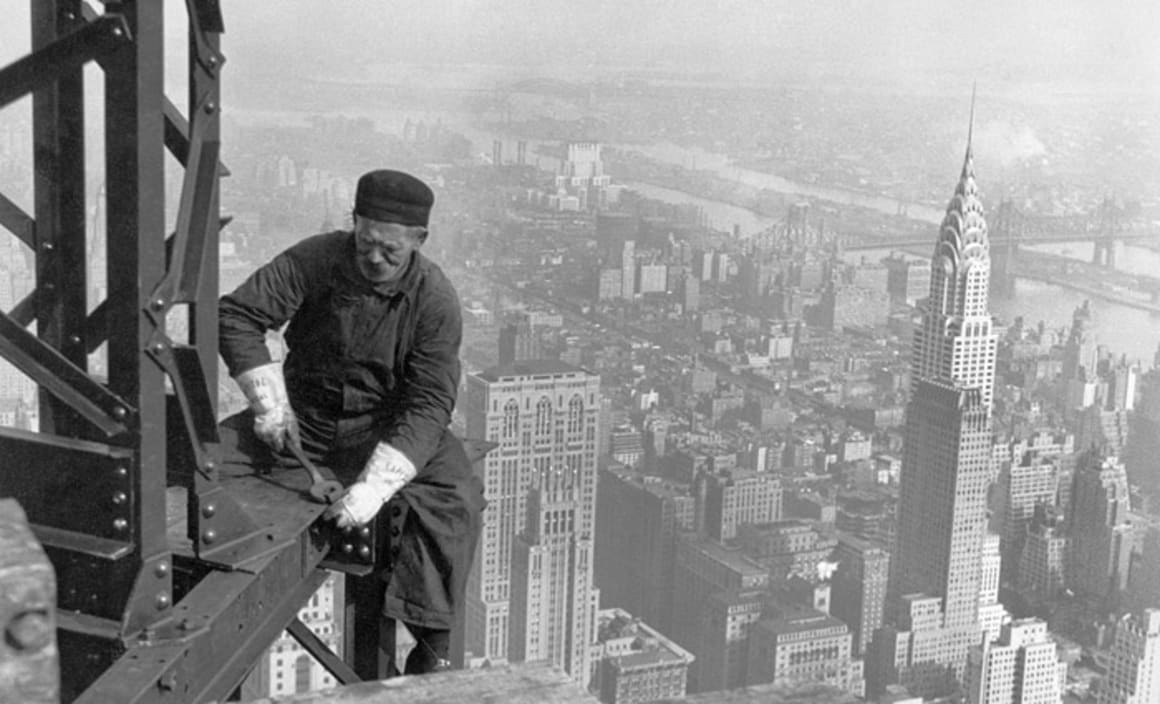Melbourne, Coffs Harbour approaching peak of industrial market cycle: HTW May clock

Melbourne and Coffs Harbour are approaching the peak of market cycle though there are none at the peak position, according to valuation firm Herron Todd White's industrial property clock for May.
There's none in the 'starting to decline' category as well, although competition is hot in the rising market position, with Sydney also a rising market.
The others in this category are Hobart, Ballarat, Bendigo, Burnie, Devonport, Echuca, Gold Coast, Launceston, Lismore and Sunshine Coast.
There are no changes to the clock as well in terms of positions. Two capital cities, Adelaide and Darwin, are at the bottom of the cycle with Perth approaching the bottom of the market as well.

Two other capital cities, Brisbane and Canberra, are at the start of the market recovery period, the clock shows. Others in recovery mode are Cairns, NSW Central Coast, Horsham, Mildura, Rockhampton and Tamworth.
While Coffs Harbour may be approaching the peak of the industrial market cycle, the rental market remains price sensitive with a broad range of rents being achieved which confirms the uncertainty in the market, say HTW. There remains a slight oversupply of smaller industrial bays in the lower price bracket and valuations of poorly leased property will invariably be lower than those with vacant possession for this owner-occupier dominated market. This is not the case for larger properties where investors are active and the strength of leases is vital to yield and value levels.
There has been a low sale offering of large industrial property in 2017 and subsequently low volume of transactions. Available sales indicate firm yields, echoing the low interest rate climate. There is some development activity within the prime estates, with most purpose built to end user requirements. Land prices in Coffs Harbour should continue to trend upwards as supply diminishes, say HTW.
So far in 2017, the industrial market in Melbourne has been tracking well, with a “noticeable increase in values” over the previous 12 months, according to HTW. The market has been assisted by continually low interest rates, low rental levels which continue to be stable and an increasing demand for smaller warehouse units.
The industrial property market is expected to be fairly positive throughout 2017, says HTW, provided there is no oversupply or external shocks to the market.